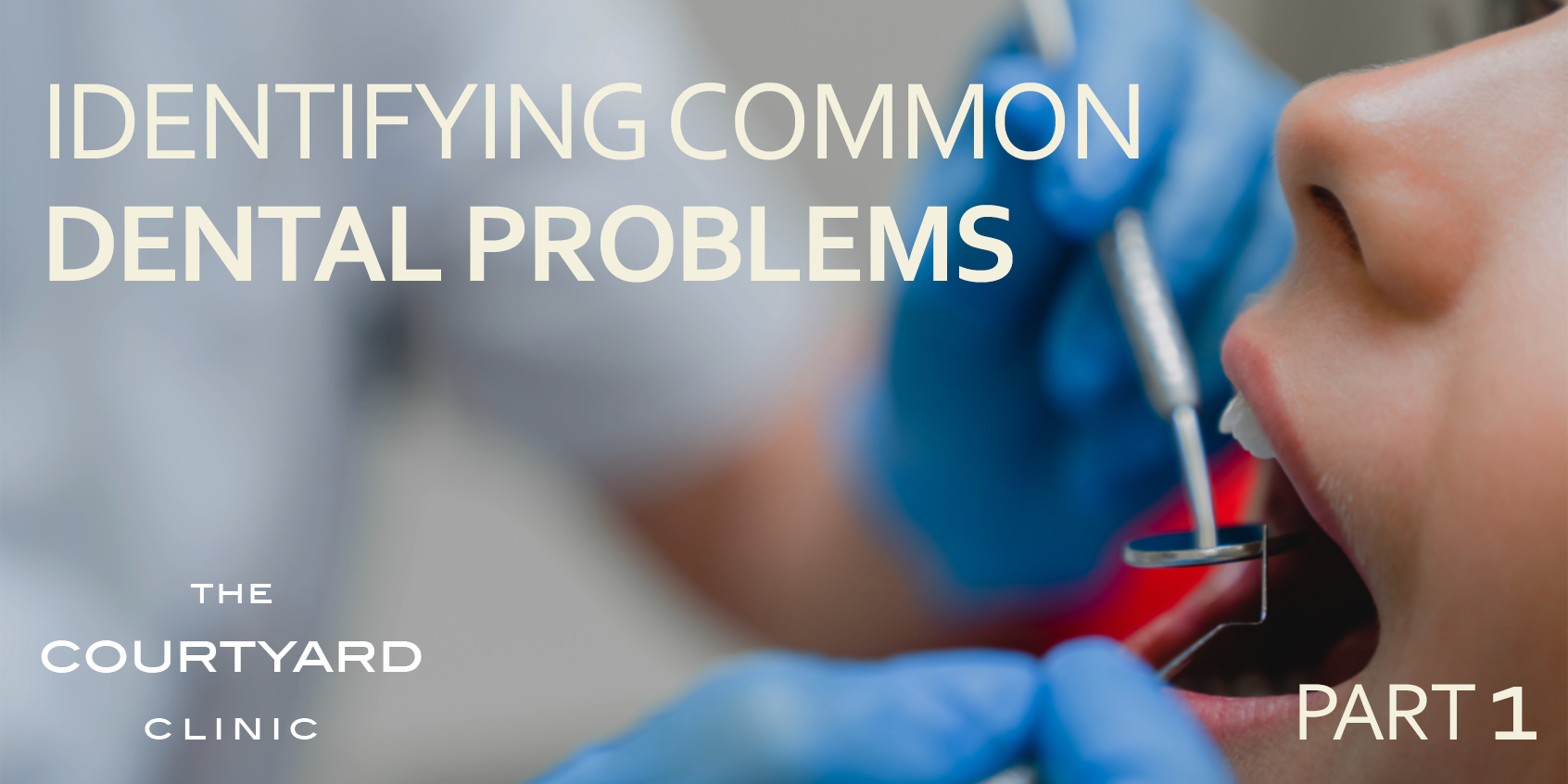Tooth Pain
Tooth pain can be caused by a factor of things:
Cavities
A cavity (dental caries) is a hole in a tooth that develops from tooth decay. Cavities form when sugars/acids in the mouth wear down, or erode, a tooth’s hard outer layer (enamel).
They can start small and gradually become bigger when they’re left untreated. Because many cavities don’t cause pain in the beginning, it can be hard to realize that a problem exists. Anyone can get a cavity.
Dental Tooth Abscess
The first stage is enamel damage, the outer layer of teeth. Enamel decay is often caused by plaque build-up on your teeth. Some people may not experience any symptoms. Others develop tooth sensitivity or decalcified white spots that are more prone to enamel breakdown.
If you don’t treat your enamel decay, it will progress to the next layer of your tooth called dentin. Dentin is the yellowish second layer. Many people will experience increased tooth sensitivity in this stage. In others, a small hole in your tooth may develop.
The soft inner pulp is the deepest layer of your tooth structure. If bacteria reach this layer, they can attack the tooth’s nerve.
This often causes severe tooth pain. Eventually, the tooth’s nerve dies, and the abscess begins to form.
Once the bacteria makes its way to your pulp, it can start to spread deeper into your gums or jawbone. Your gums may begin to swell, and you may see a small bump on your gums. This may feel like throbbing pain in your teeth, gums, and surrounding tissue.
If you do not treat your tooth abscess, it could lead to serious symptoms. The most common are:
- Tooth loss — severe tooth decay can cause your tooth to break or fall out
- Sepsis — bacteria can spread to your bloodstream and cause sepsis, which is a life-threatening infection.
Periodontal Abscess
A periodontal abscess usually occurs as a complication of advanced gum disease (periodontitis). Poor oral hygiene can lead to the inflammation of the gum tissues surrounding the teeth (gingivitis). The gums become red and bleed easily during tooth brushing. The inflammation may worsen over time (periodontitis), causing the destruction of the periodontal ligament, the loss of bone that supports teeth, and the formation of periodontal pockets (deep space around teeth). If these pockets become infected, this will lead to the formation of a periodontal abscess.
Sometimes, the periodontal abscess occurs due to the spread of the infection from the pulp within a tooth (tooth abscess) through the periodontal ligament. This is known as combined Endo-Perio lesion.
Gingival (gum) Abscess
A gingival abscess occurs as a result of trapped food, plaque or foreign body in the space between the tooth and the gum near the coronal part of the gum. A gingival abscess doesn’t affect the periodontal ligament that supports the tooth.
Pericoronitis is inflammation of the gum tissue surrounding the crown portion of a tooth. Pericoronitis usually affects the lower third molar (wisdom tooth) where gum tissue overlaps the chewing surface of the tooth. Pericoronitis can be either chronic or acute. Chronic pericoronitis is a mild persistent inflammation of the area. Acute pericoronitis is when the symptoms intensify to fever, swelling, and pain, which indicate a spreading infection.
Pericoronal abscess
Pericoronitis is differentiated from gum disease, in that it occurs specifically around a partially erupted tooth where the tooth has not completely emerged from the gum overlying it.
Pain Management
The abscess usually causes pain that gets worse when you bite or chew on the affected tooth. You may need over the counter (OTC) painkillers to control the pain until you can see your dentist. OTC painkillers include ibuprofen, paracetamol, and aspirin. You need to consult your dentist or pharmacist before using OTC painkillers, especially if you:
- Are pregnant or breastfeeding.
- Have asthma, stomach bleeding, blood pressure, liver disease, kidney disease, or other medical conditions.
- Have an allergic reaction to a certain type of painkillers.
- Taking other medications that may interfere with painkillers.
Dental Abscess’ can’t be treated at home. However, you can try these home remedies to control the pain until you can see your dentist:
- Rinse your mouth with warm salt-water.
- Avoid biting or chewing on the affected tooth.
- Eat on the opposite side of your mouth.
- Eat soft foods if possible.
- Maintain good oral hygiene and use a soft-bristled toothbrush.
- Use OTC painkillers such as ibuprofen, paracetamol, and aspirin.
These home remedies may help you control the pain temporarily. However, you shouldn’t use them to delay your visit to the dentist.


